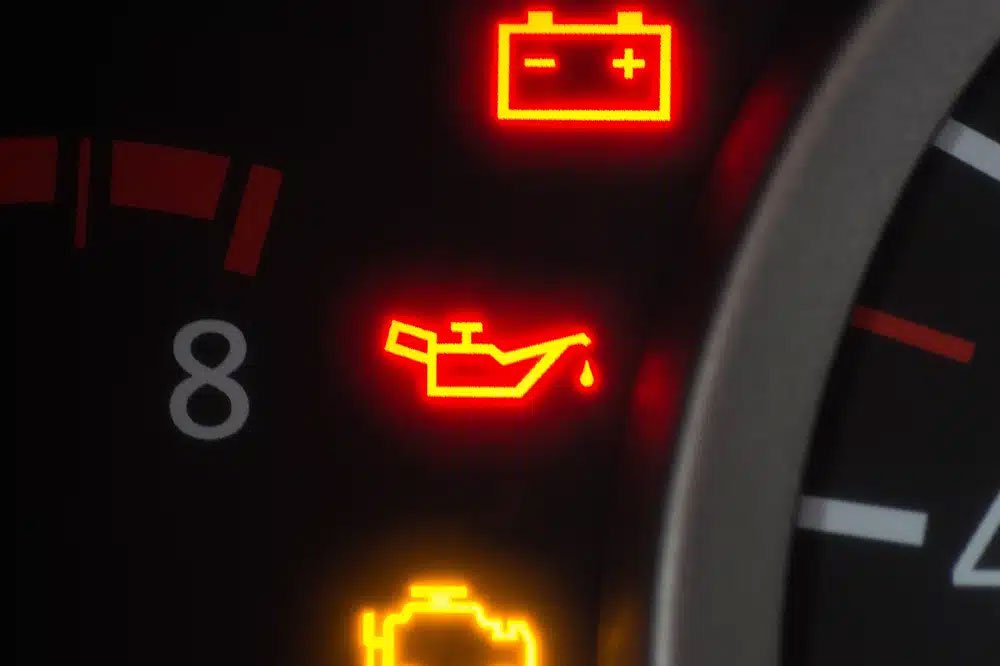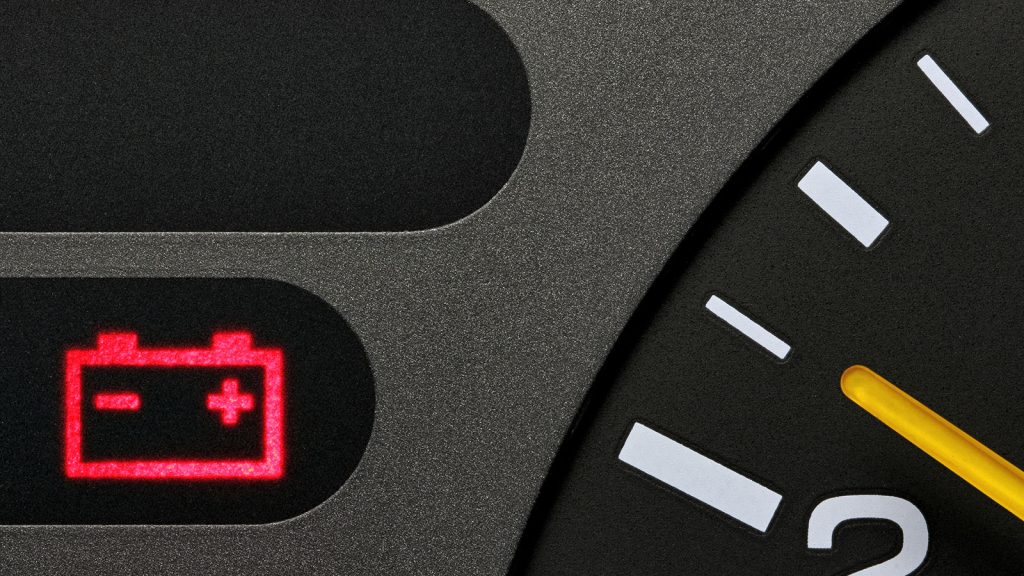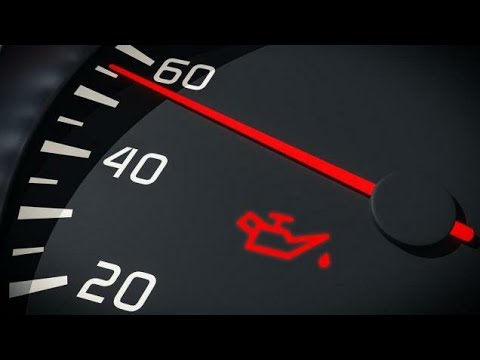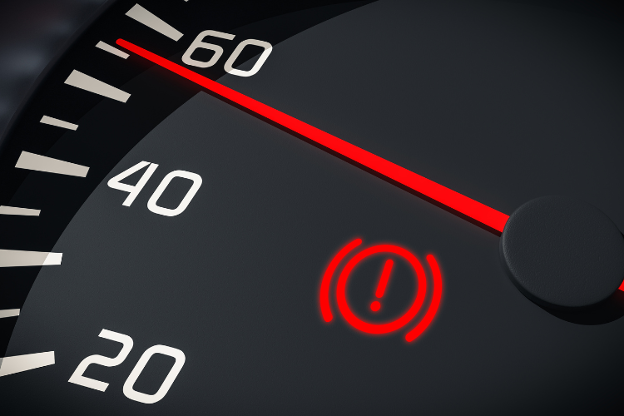What do dashboard car warning light in my car mean?
Car warning light play a crucial role in alerting drivers to issues that may need immediate attention. Here’s an overview of common warning lights, what they mean, and what actions to take.

This article provides essential information on four common car warning lights: the Engine Temperature Warning Light, Battery Charge Warning Light, Oil Pressure Warning Light, and Brake Warning Light. Each section explains the meaning behind the warning light and offers practical steps for drivers to take when these lights appear. From checking coolant levels to addressing oil pressure issues, these guidelines help drivers understand potential vehicle problems and respond effectively to ensure safety and prevent further damage.
1. Engine Temperature Warning Light

- What it Means: This symbol, usually a thermometer submerged in liquid, indicates that the engine is overheating.
- What to Do: Safely pull over and turn off the engine immediately to prevent damage. Wait for the engine to cool, check the coolant level, and refill if necessary. If overheating persists, seek professional help as this can lead to serious engine damage.
2. Battery Charge

- What it Means: Displayed as a battery icon, this light indicates a problem with the vehicle’s charging system, usually the alternator or battery itself.
- What to Do: Avoid turning off the engine, as it might not restart. Turn off unnecessary electrical components, such as the radio or AC, to conserve battery life, and drive to the nearest service station for diagnosis. Battery or alternator failure can lead to a breakdown.
3. Oil Pressure

- What it Means: This light, typically represented by an oil can, signals low oil pressure, which can prevent engine lubrication and lead to major damage.
- What to Do: Stop driving as soon as possible. Check the oil level and add oil if it’s low. If the light stays on or oil levels are normal, call a mechanic, as there may be an issue with the oil pump or sensor.
4. Brake Warning Light

- What it Means: This light often appears as an exclamation mark within a circle and can indicate low brake fluid, a parking brake that’s still engaged, or an issue with the braking system.
- What to Do: First, ensure the parking brake is fully released. If the light remains on, check brake fluid levels and refill if necessary. Persistent warnings require a professional inspection, as brake system problems can severely compromise vehicle safety.
Staying informed on these symbols can help you address issues early and maintain vehicle safety.